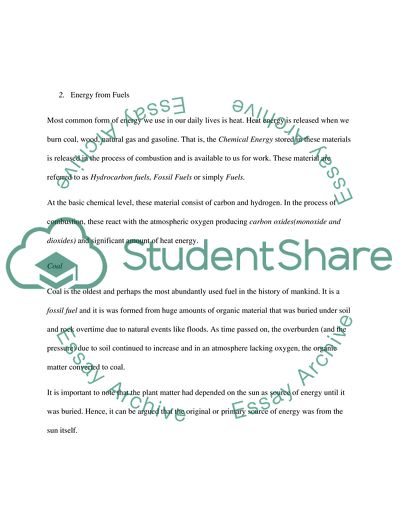Cite this document
(Energy and Work Report Example | Topics and Well Written Essays - 2500 words, n.d.)
Energy and Work Report Example | Topics and Well Written Essays - 2500 words. https://studentshare.org/physics/1771965-project
Energy and Work Report Example | Topics and Well Written Essays - 2500 words. https://studentshare.org/physics/1771965-project
(Energy and Work Report Example | Topics and Well Written Essays - 2500 Words)
Energy and Work Report Example | Topics and Well Written Essays - 2500 Words. https://studentshare.org/physics/1771965-project.
Energy and Work Report Example | Topics and Well Written Essays - 2500 Words. https://studentshare.org/physics/1771965-project.
“Energy and Work Report Example | Topics and Well Written Essays - 2500 Words”. https://studentshare.org/physics/1771965-project.


